In addition to the fused closed thermostat issue already mentioned, the other issue that can happen with heaters is the thermostat can be arranged such that it measures the ambient air not the temperature inside the heater itself.
This can mean the thing will call for heat but if the fan is not turning or is blocked by that carelessly discarded garment..... (imaginations run wild here)... the coil and internals will get really hot, really quickly. As such a second internal protection device that is more sensitive to the heater coil temperature is required.
Having said that, the proximity of the thermostat and the fuse in that particular heater does not look like it lends itself to that characteristic.


